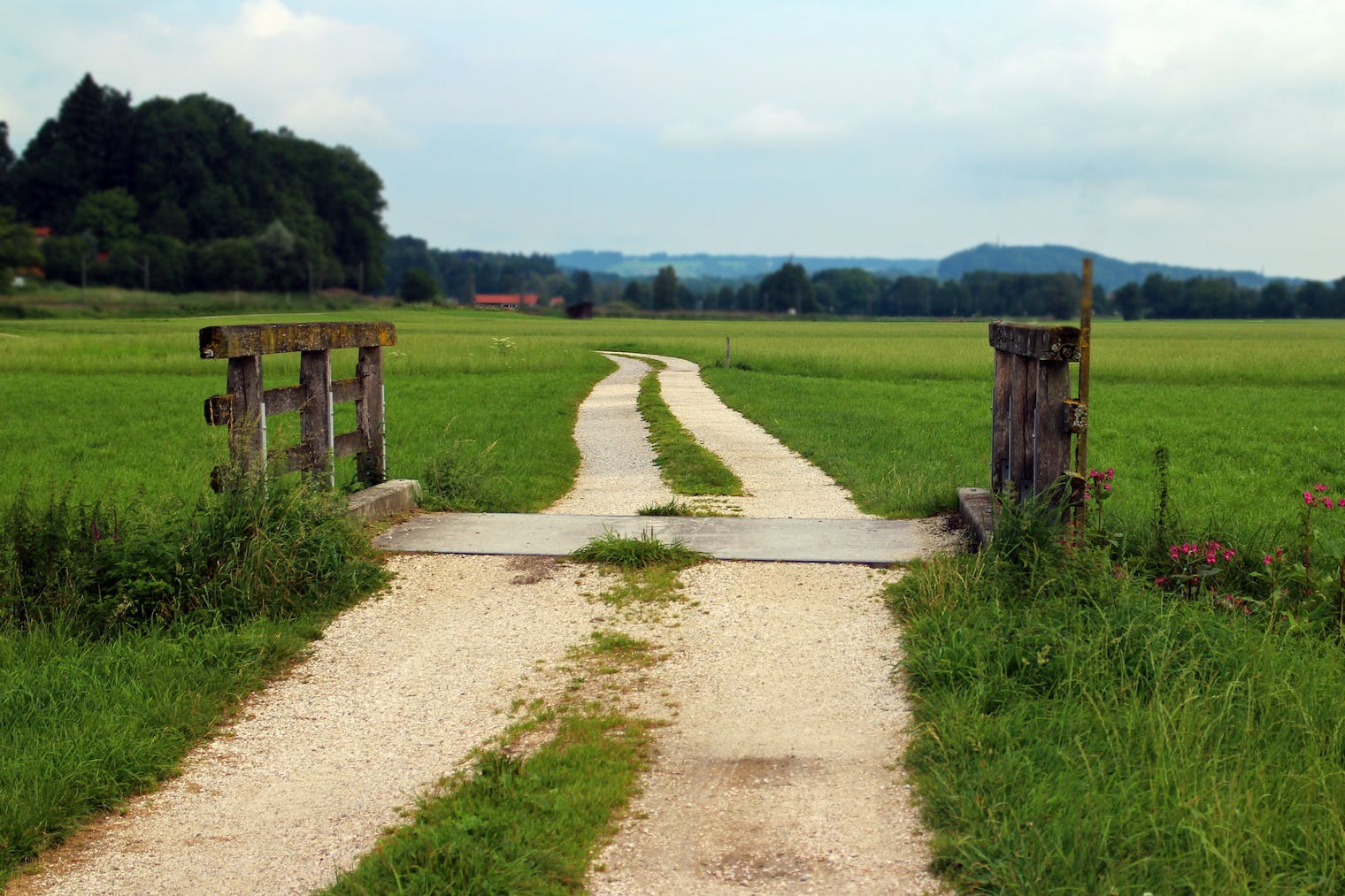

Question: What are land suitability units?
Answer: Land suitability units are a measure of how well a piece of land is suited for a specific use or development, considering factors like soil quality, topography, and zoning regulations.
What are Land Suitability Units? A Simple Guide
Land suitability units play a key role in real estate and land evaluation. They help us figure out the best use for different pieces of land. By looking at a land’s features and surrounding environment, we can classify it into different suitability units. This blog post aims to explain what land suitability units are, how experts determine them, and why they matter in real estate.
The Basics: Defining Land Suitability Units
Land suitability units are categories that show how well a parcel of land fits a certain use. Is the land good for farming, building homes, or maybe for business? To answer these questions, experts look at many factors. They check the soil, the lay of the land, the weather, and how easy it is to get to services like roads and electricity. This helps them make smart choices about how to use the land, ensuring we use each piece to its fullest while also taking care of the environment.
Digging Deeper: How Do Experts Evaluate Land?
Experts look at many things to decide a land’s suitability. They start with the land’s physical traits, like the type of soil, the shape of the land, and the climate. Flat, fertile land is often good for farming, while hilly areas might be better for parks or preserves. They also check how close the land is to needed services. Land that is easy to reach and has the necessary utilities is more attractive for building and development. [ 1 ]
Click here to learn how to find the value of a house
Related Article: What is Land Valuation Highest and Best Use?
Why It Matters in Real Estate: The Value of Land Suitability
Knowing about land suitability units is crucial in real estate because it directly affects a property’s value. Land that is good for popular uses like homes or businesses usually costs more. Land better suited for farming or preservation might cost less, but it can offer other benefits like tax breaks. Understanding land suitability also helps with smart planning and sustainable growth. It ensures we use land in a way that meets our needs without hurting the environment.
Planning and Building: How Land Suitability Guides Us
In urban planning and development, land suitability units are vital. They guide planners and developers, helping them decide where to build, where to put roads, and where to protect natural spaces. This makes sure we use land wisely and protect important natural areas. For those investing in real estate, knowing about land suitability helps them make better choices, balancing potential risks and benefits.
Seeing It in Action: Real-World Examples
Let’s look at a few examples to understand how land suitability units work in real life. Imagine a developer wants to build new houses. They would check land suitability reports to make sure the land is right for homes. They would look at the soil, how easy it is to get to, and how close it is to schools and shops. This helps them choose the right piece of land, lowering the risk of problems later on.
More Than Just Building: Farming and Preserving Land
Land suitability units also matter a lot for farming and conservation. Some land might not be good for building but is perfect for farming or protecting as natural spaces. This helps keep valuable farmland in use and protects nature for everyone to enjoy.
What’s Next: The Future of Land Suitability Units
Looking ahead, they will become even more important. With more pressure on our land and a greater need for smart, sustainable growth, making the right choices about land use is critical. They are a key tool for this, helping balance growth with protecting the environment.
Technology’s Role: Using GIS and Data
New tools like Geographic Information Systems (GIS) and data analysis are changing how we look at land suitability. These tools let us quickly and accurately study large areas of land, giving us detailed information to make better decisions. As these tools keep getting better, they will make land suitability evaluations even more precise and helpful.
To learn more abut Jennifer Jewell please check out www.jenjewell.ca
Conclusion
In summary, understanding land suitability units is vital in real estate and planning. It helps us decide the best use for each piece of land, ensuring we use our land well and protect our environment. As we keep developing new tools and technologies, their role will only grow, helping us build smart, sustainable communities.
References
1. https://www.fao.org/3/x5310e/x5310e04.htm


